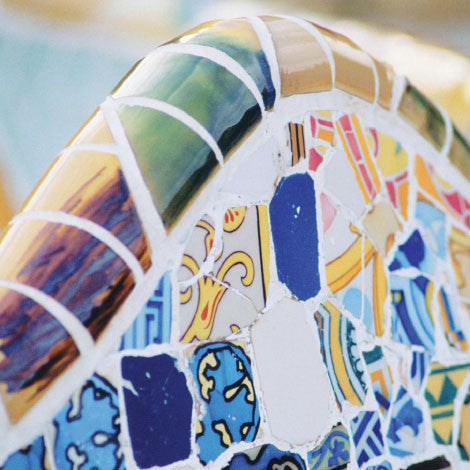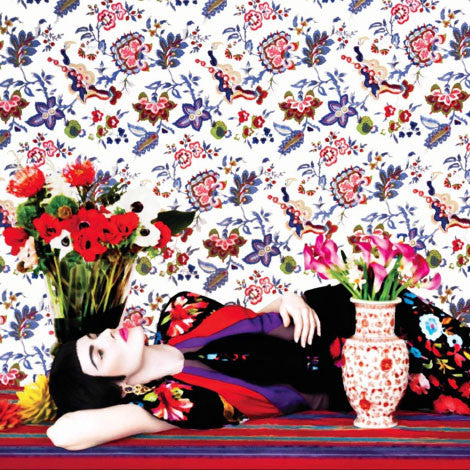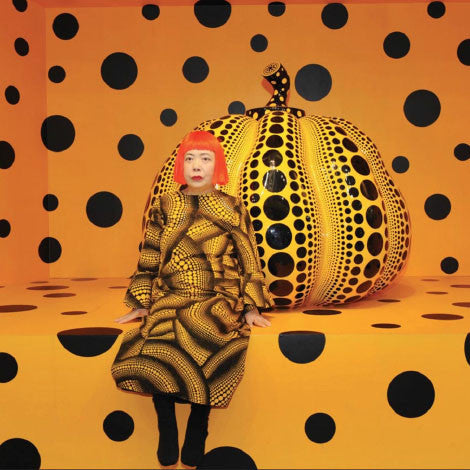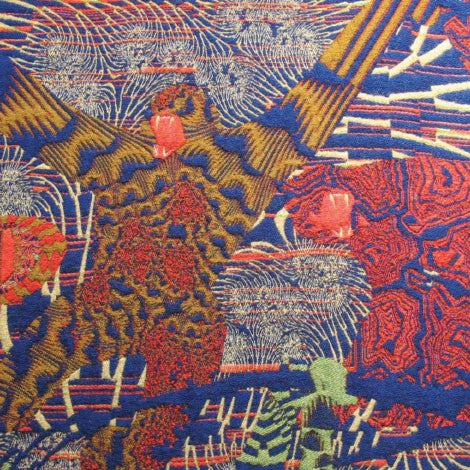Issue 63 Pattern (digital only)
Selvedge Magazine
Couldn't load pickup availability
Please note this issue is only available digitally
March/April 2015
“WE LIVE IN A UNIVERSE OF PATTERNS:” so begins Ian Stewart’s book Nature's Numbers, a field trip that takes the reader on a sightseeing tour of the universe. The ability to recognise and therefore predict patterns is one of the things that makes us human, and pattern making is intrinsically linked to human intelligence. Patterns are found everywhere, from cell structure and pine cones to the stripes on the back of a tiger. The study of pattern helps us link mathematics and music to visual art and, metaphorically, ignites fireworks in the brain.
Pattern is evident in all cultures, as Ron Eglash discovered while studying fractal structures in indigenous African architecture. He then stumbled across four-fold symmetry while searching for fractals in Native American weaving. The desire to order the world around us with pattern is instinctive, it enables to make sense of, and control, our surroundings. The astonishing painted interiors photographed by Deidi von Schaewen in Mauritania demonstrates this. As does the work of Yoyoi Kasama, an artist and cult figure in her native Japan. Kasama’s work makes concrete her insatiable need to repeat and repeat elements to manage her universe.
But patterns are not always what they seem. Apparently abstract designs can be steeped in symbolism, as Dr Keireine Canavan uncovered whilst studying Bedouin Al-Sadu weaving in Kuwait. The pattern making instinct can be so strong, and is so popular, it can ignite a career - as it did for both Gabrielle Soyer and Kustaa Saksi who have created life affirming patterns for the famed Finnish design house Marimekko. It also drives many of the designers exhibiting in our Spring Fairs in Bath, London and Stroud. I do hope you can can join us for these events.
Polly Leonard, Founder
TallennaTallennaTallenna
Share
























